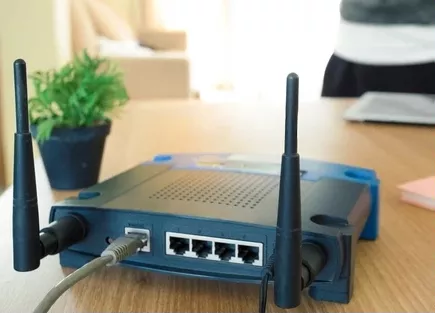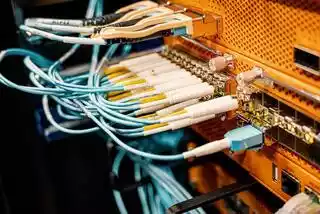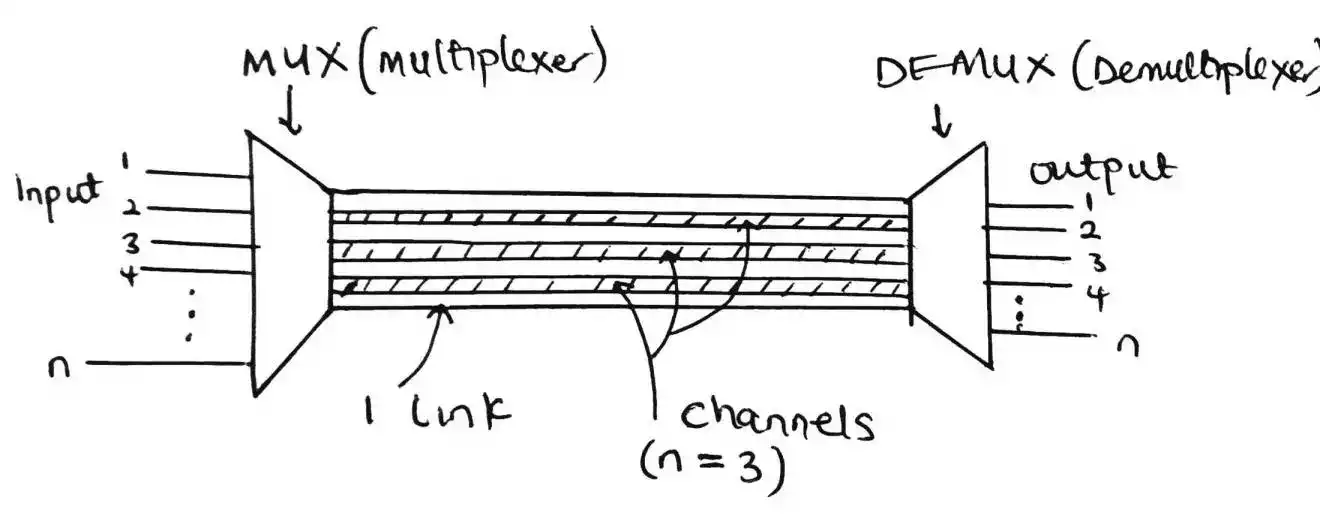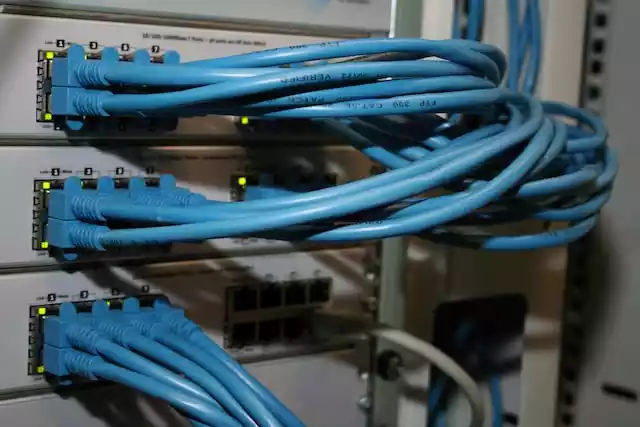How is Data Sent Through Wi-Fi?
Wi-Fi has become an integral part of our daily lives, enabling us to connect to the internet and communicate wirelessly. But have you ever wondered how data is sent through Wi-Fi networks?

In this article, we will explore the process of data transmission through Wi-Fi and the underlying technology that makes it possible.
Table of Contents
How is Data Sent Through Wi-Fi Networks?
Understanding Wi-Fi Protocols
To comprehend the process of data transmission through Wi-Fi, it’s important to understand the underlying protocols that govern wireless communication.
The most widely used Wi-Fi protocol is the IEEE 802.11 standard, which establishes the rules and specifications for wireless networks.
The Role of Wireless Routers
Wireless routers play a crucial role in Wi-Fi data transmission, as they act as central hubs for sending and receiving data.
Equipped with antennas, these routers facilitate communication between devices and the network.
The Process of Data Transmission
When you connect your device to a Wi-Fi network, several steps are involved in ensuring seamless data transmission:
- Device Authentication: Your device sends a connection request to the Wi-Fi network, which is authenticated by the router. This authentication process ensures that only authorized devices can access the network.
- Channel Allocation: Once authenticated, the router assigns a specific channel to your device for data transmission. This helps prevent interference from other devices operating on the same frequency.
- Data Encoding: Before data can be transmitted wirelessly, it needs to be encoded into a format suitable for wireless transmission.
This encoding is typically done using modulation techniques like Orthogonal Frequency Division Multiplexing (OFDM), which divides the data into multiple subcarriers. - Signal Transmission: The encoded data is transmitted as radio waves from your device’s antenna to the router. The router receives the signal and decodes it back into its original format.
- Network Routing: Acting as a bridge between your device and the internet, the router forwards the received data packets to their intended destination, whether it’s a website, a server, or another device on the network.
- Data Reception: When data is sent back from the destination, the router receives it and wirelessly transmits it to your device. This allows you to access websites, download files, and engage in various online activities.
Factors Affecting Wi-Fi Data Transmission
While Wi-Fi technology offers the convenience of wireless data transmission, several factors can impact its performance. Key factors include:
- Signal Strength: The distance between your device and the router, as well as any obstacles in the path, can weaken the signal strength and result in slower data transmission.
- Interference: Other electronic devices operating on the same Wi-Fi frequency, such as cordless phones or microwave ovens, can cause interference and disrupt data transmission.
- Network Congestion: If multiple devices are connected to the same Wi-Fi network and actively transmitting data, it can lead to network congestion and slower speeds.
Wrap Up
In the world of wireless connectivity, data travels through Wi-Fi using a fascinating process. Wi-Fi relies on radio waves to transmit and receive signals, enabling devices to connect and communicate effortlessly.
When you connect to a Wi-Fi network, your device establishes a connection with the Wi-Fi router, which acts as the central hub.
Through this connection, data is sent and received wirelessly, allowing you to browse the internet, stream videos, send emails, and engage in various online activities.
The Wi-Fi router serves as the mediator, handling the transmission of data packets between your device and the internet. It operates on specific frequencies and channels, ensuring efficient and reliable communication.
The speed and range of data transmission can vary depending on factors such as the Wi-Fi standard (e.g., 802.11n, 802.11ac), the distance between the router and the device, and potential interference from other devices or physical barriers.
Despite these considerations, Wi-Fi technology has revolutionized the way we connect and interact with the digital world, providing the freedom and convenience of wireless connectivity.
FAQs about Wi-Fi Data Transmission
- How secure is Wi-Fi data transmission? Wi-Fi data transmission can be secured using encryption protocols such as WPA2 (Wi-Fi Protected Access 2) or the more recent WPA3. These encryption protocols ensure that data sent over the network is encrypted and protected from unauthorized access.
- Can Wi-Fi signals pass through walls? Wi-Fi signals can pass through walls to some extent, but their strength tends to weaken as they encounter obstacles. Thick walls or structures made of materials like concrete or metal can significantly impact the signal range and quality.
- What is the maximum range of a Wi-Fi network? The range of a Wi-Fi network depends on various factors, including the power of the router, the frequency band used, and environmental conditions. In general, most Wi-Fi networks have a range of around 100 to 150 feet (45.72 meters) indoors and can extend up to 300 feet (91.44 meters) or more in open spaces.
- Are there any health concerns associated with Wi-Fi networks? Extensive research has been conducted to assess the health effects of Wi-Fi networks, and so far, no conclusive evidence suggests that they pose significant health risks. Wi-Fi networks operate within safe electromagnetic radiation limits defined by regulatory authorities.
- Can Wi-Fi networks handle high-speed data transmission? Yes, modern Wi-Fi networks, especially those based on the IEEE 802.11ac and 802.11ax standards, are capable of handling high-speed data transmission. These standards support higher bandwidths and advanced modulation techniques, allowing for faster and more efficient data transfer.
- Is it possible to extend the range of a Wi-Fi network? Yes, there are several methods to extend the range of a Wi-Fi network, such as using Wi-Fi range extenders, installing additional access points, or utilizing mesh Wi-Fi systems. These solutions help improve the signal coverage and eliminate dead spots in your home or office.




